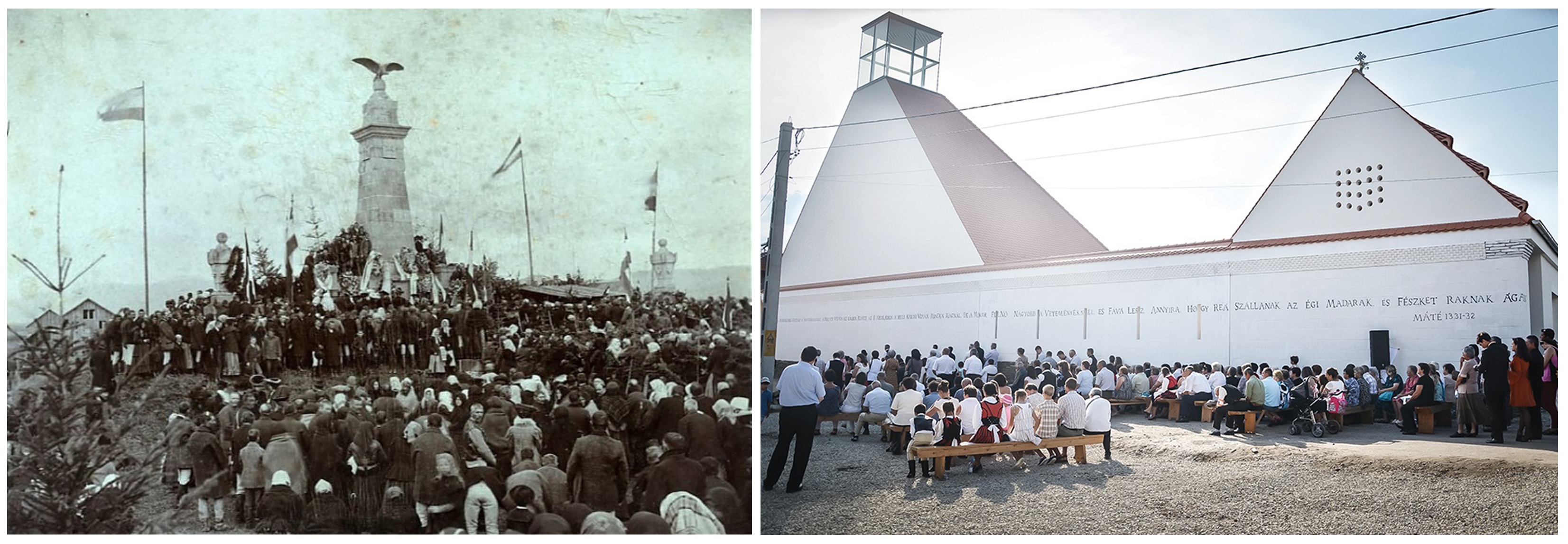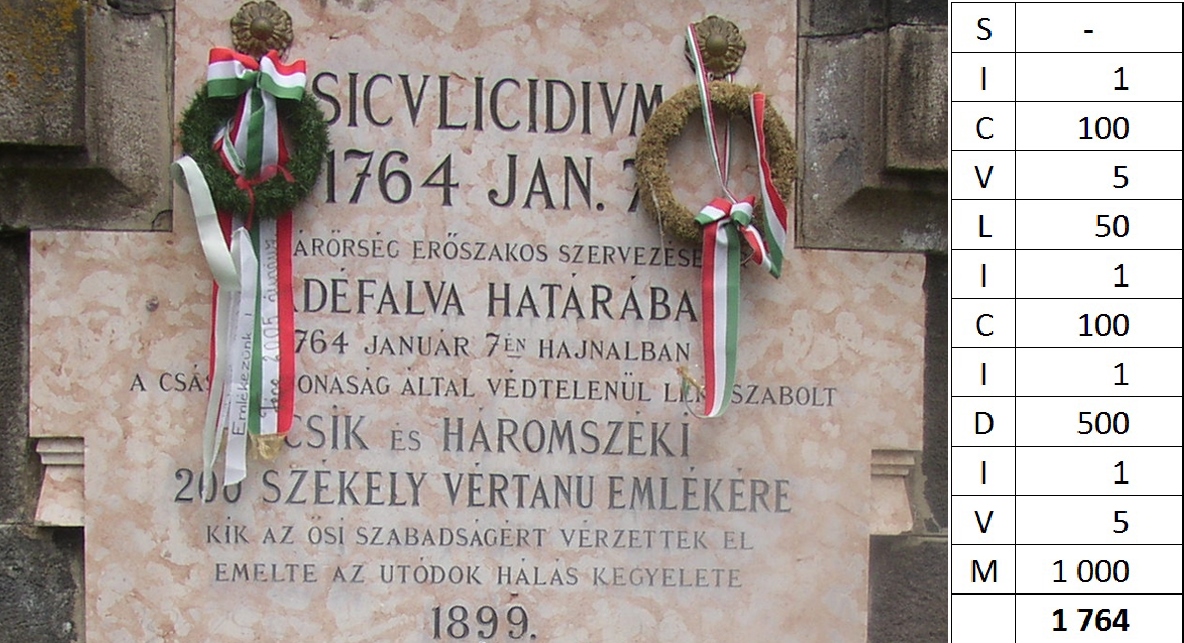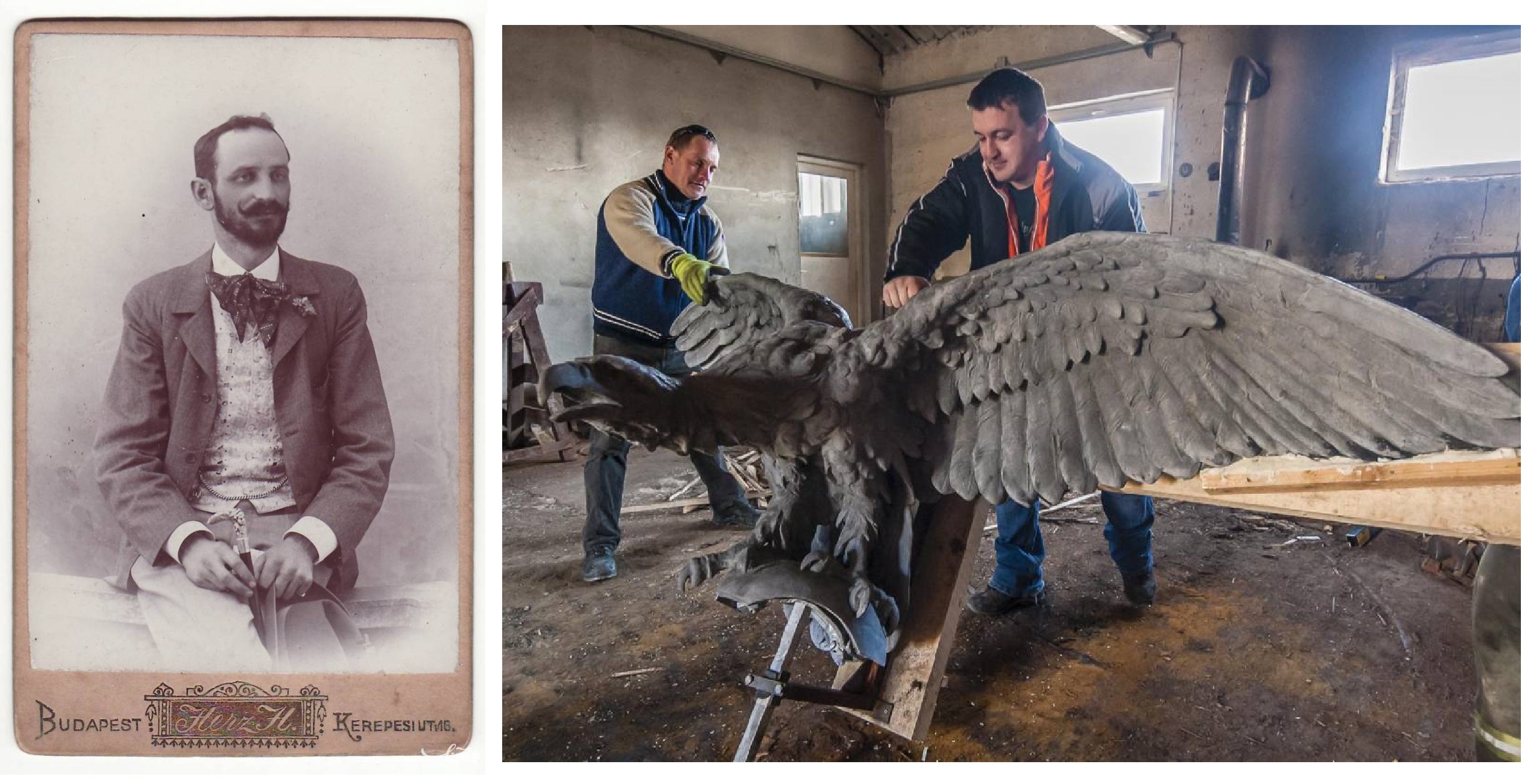Today is the 255 years anniversary of the Madéfalva Massacre, in other world the Siculicidium (meaning “murder of Székelys” in Latin). The mass murder was committed by the Habsburg Imperial Army against Székelys under Maria Theresa, on 7. January 1764 resulting in 200 dead, including women and children.

In the 18th century the gradually weakening Osman Empire was still a major threat for the Habsburg Empire,thus Maria Theresa ordered in 1761-62 the establishment of up to three Székely and two Romanian regiments to patrol the borders of Transylvania. However, the Székelys were unwilling to give up their hundreds-year old tradition of soldiering and their privileges. Thus, they boycotted the forced military draft and organized resistance against it. They tried to dissuade the imperial officers from the enlistment with petitions and delegations. This is what they wanted to achieve in Madéfalva/Siculeni as well, but things turned out very wrong.
During a snowy night, just before dawn, on January 7, 1764, the Habsburg Imperial Army surrounded and entered Madéfalva under heavy cannon fire. The Imperial soldiers chased and butchered the defenseless villagers for hours, including women and children. First they looted then set on fire most of the houses and even killed many people on the fields when they tried to flee. The result was about 200 dead and 400 prisoners who were kept under inhuman conditions in the Fortress of Csíkszereda/Miercurea Ciuc.
As a result of the brutal attack, thousands of Székelys hit the road leaving Szeklerland and moving to the other side of the Carpathians, to the Ottoman-controlled Moldavia, where they took refuge in the villages of the Csángó magyars who had been living there for centuries.

Ten years later, in 1774, Habsburg soldiers took control of the Northern area of Moldavia – which was later named Bukovina – from the Ottoman Empire. In order to populate the uninhabited territory, and also thanks to the intercession of Earl András Hadik they pardoned the fled Székelys and offered them to settle down there. So in the following decade the Székelys settled down in Bukovina by founding five villages of their own: Istensegíts (meaning “God help us!”, in Romanian: Ţibeni), Fogadjisten (meaning “Accept God’s will!”, in Romanian Iacobești), Józseffalva (in Romanian: Vornicenii Mari), Hadikfalva (meaning Hadik’s village in respect of András Hadik. in Romanian: Dornești) and Andrásfalva (in Romanian Măneuţi). Today these villages are in Suceava county of Romania.
The Madéfalva Massacre remained very much alive in the collective Székely memory for the past two and half centuries. The ones who left, the Székelys of Bukovina for example – despite of the bloody events – celebrate this day as the birthday of their own community. The ones who stayed behind never forgot it either, despite that for almost 150 years only some crosses marked the mass grave of the 200 victims which they called Vészhalom (Perilhill). But finally, in 1899 an obelisk was erected in the village in memory of the victims, with a spread-winged Turul bird – an animal of the pre-Christian legends of the Hungarians – on top. More than a century later, after the stormy 20th century ended, both the Turul and the obelisk needed renovation, which took place in 2015 and two years later, in 2017, a new chapel, the Siculicidium chapel was built nearby.

Székelys gather each year in Madéfalva on the 7th of January to commemorate the massacre andthis year will be no different either. Monday morning first at 10:00 a Holy Mass will take place in the Siculicidium chapel then people will go to the monument to show their respect for the victims of the massacre, and finally in the evening a concert of the Rokolya Folk Vocal Ensemble (Rokolya Népi Énekegyüttes) will close the memorial day’s program.
Title image: Siculicidium monument in Madéfalva Photo: István Szőnyi